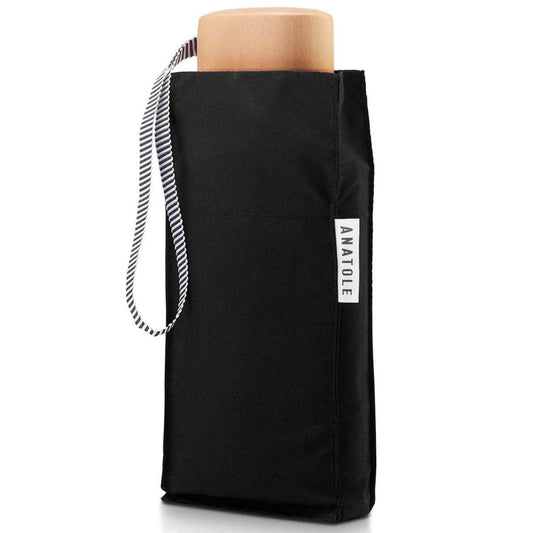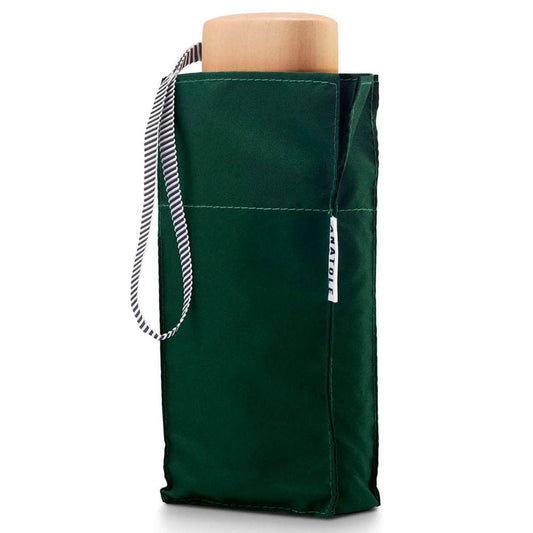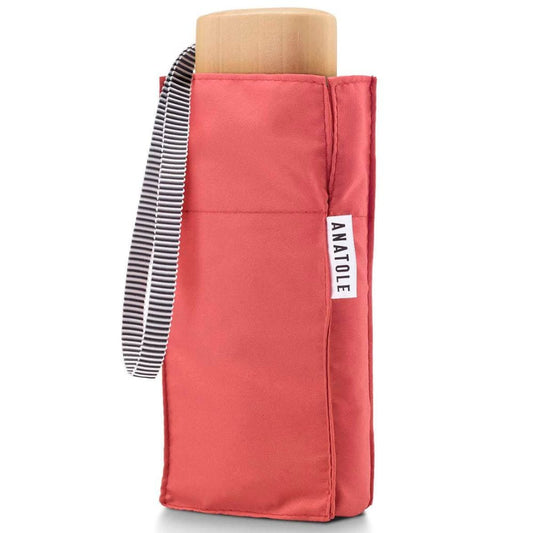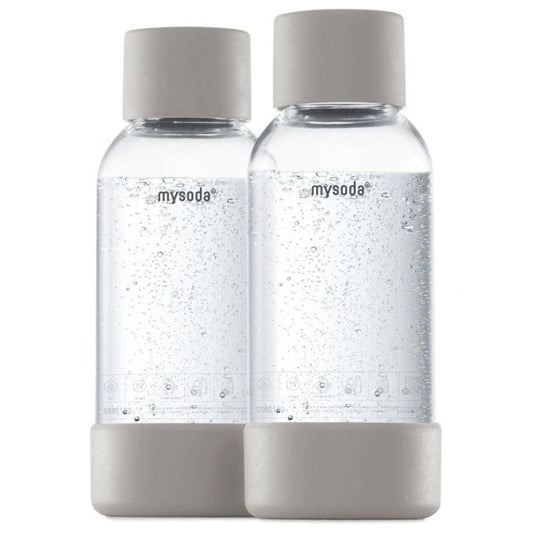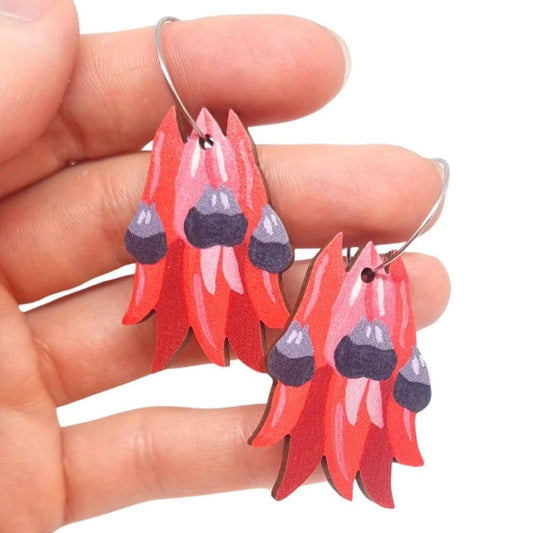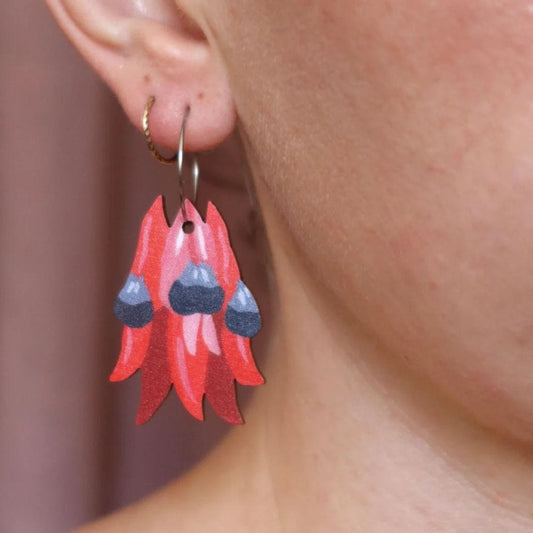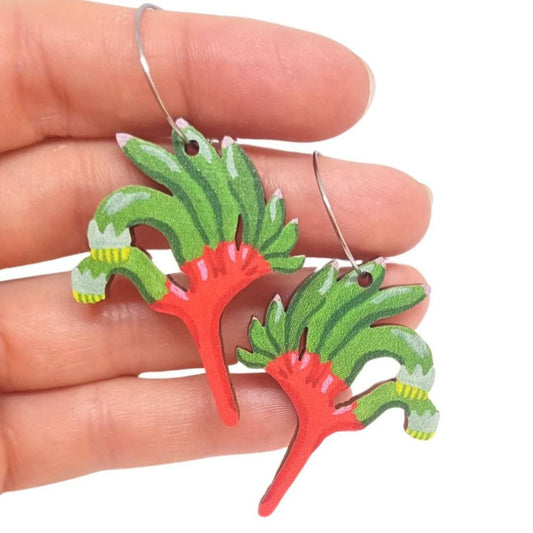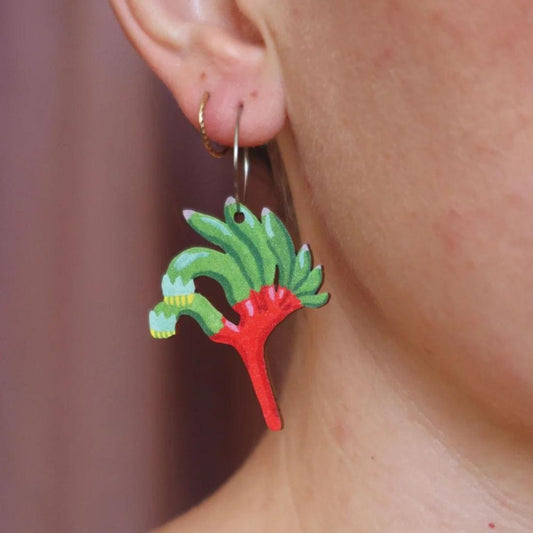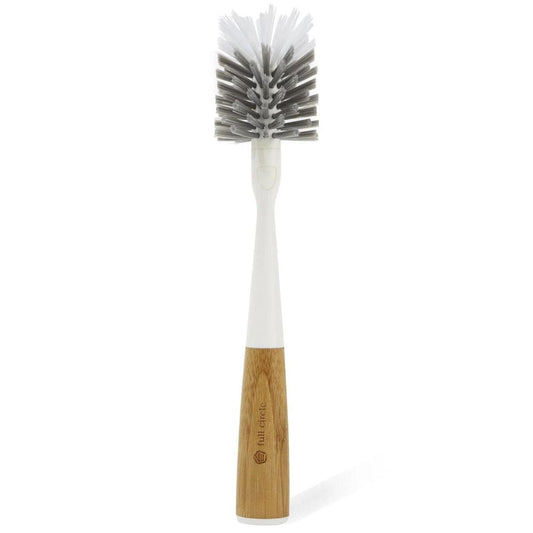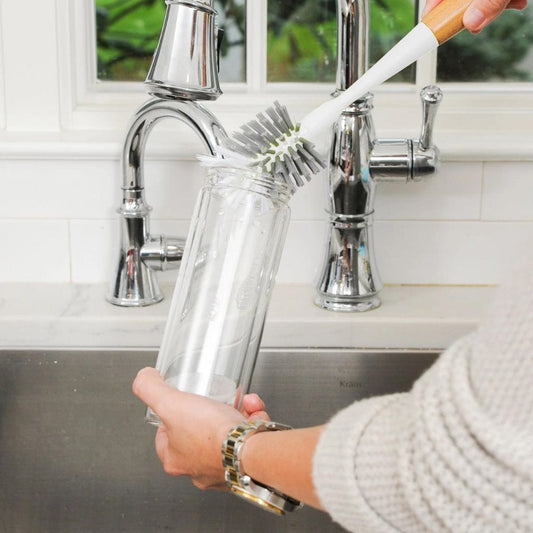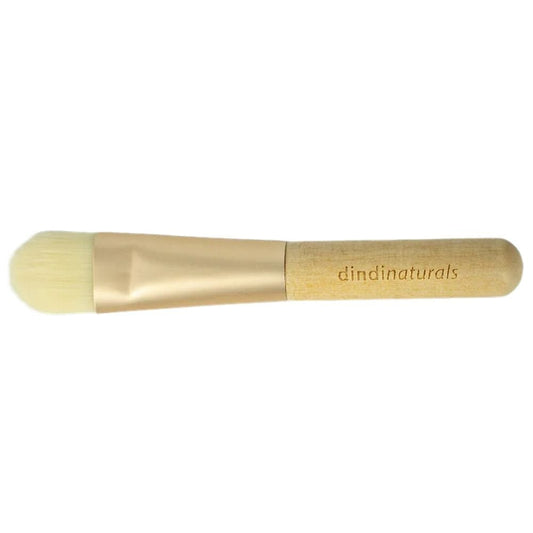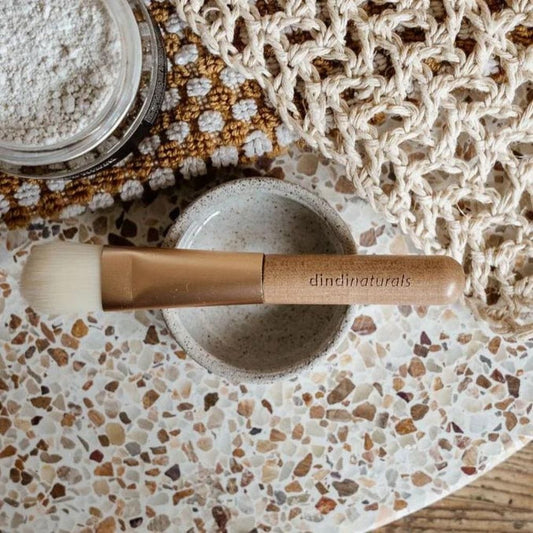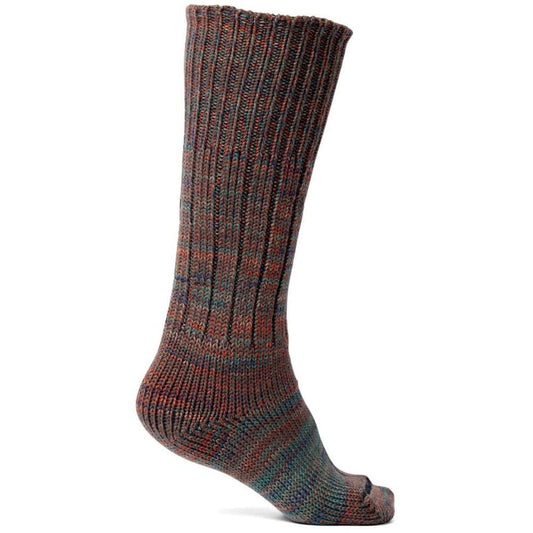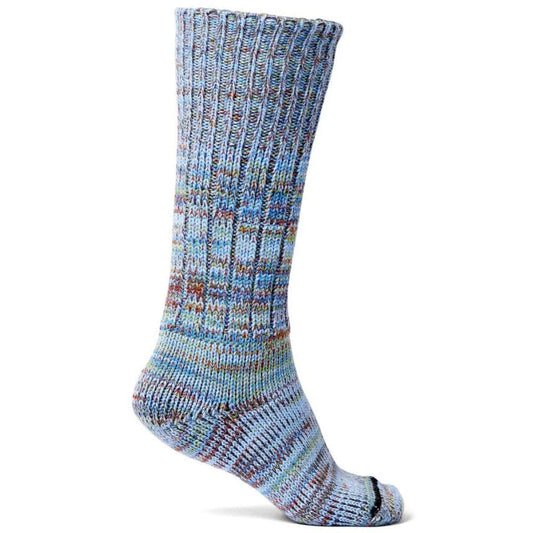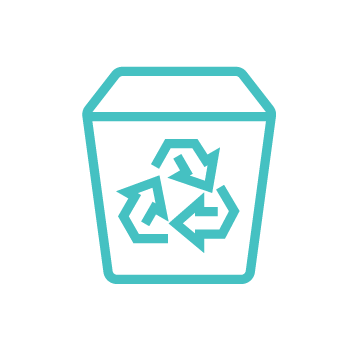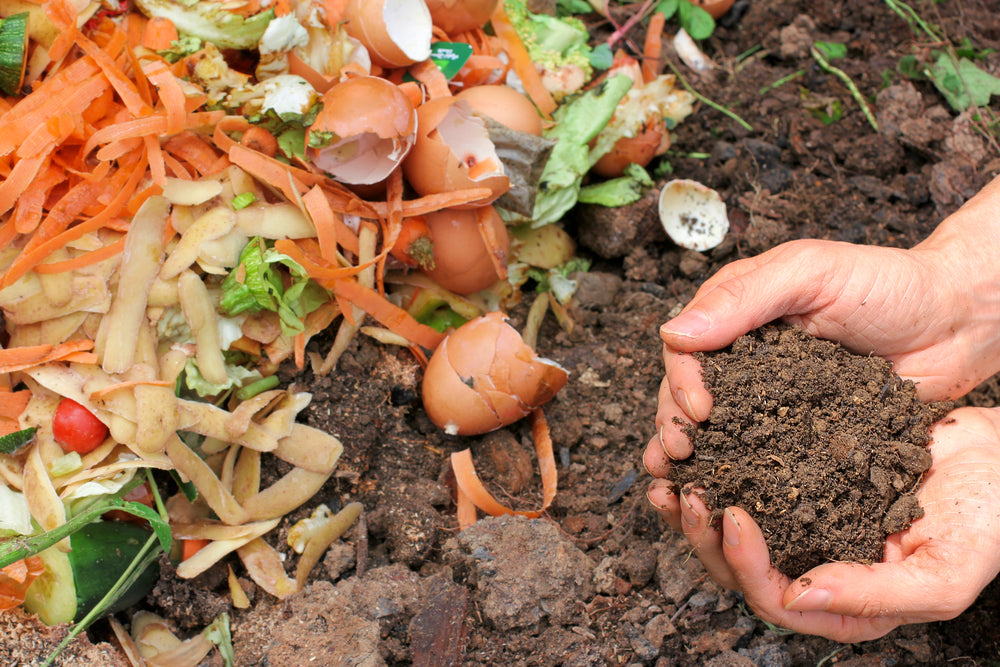 Composting can be a rewarding and planet-friendly activity. It allows you to create a closed loop in your own home by turning food scraps into rich nutrients for your garden. But it can seem intimidating if you don't know where to start. In this article, we've tried to break down 3 major types of composting, in order to help you decide which composting style might be right for your home and lifestyle (even if you don't have a backyard!).
Composting can be a rewarding and planet-friendly activity. It allows you to create a closed loop in your own home by turning food scraps into rich nutrients for your garden. But it can seem intimidating if you don't know where to start. In this article, we've tried to break down 3 major types of composting, in order to help you decide which composting style might be right for your home and lifestyle (even if you don't have a backyard!).
Composting Basics
Essentially, composting is the process of accelerating the natural decay of organic matter. Decay, of course, will happen without you, but by speeding up the process, you can reap the benefits of nutrient-rich soil fertilizer. Composting is the best way to dispose of food waste in your kitchen to reduce landfill and methane gasses in the atmosphere. The three most popular composting methods are garden composting, worm farms and Bokashi.1. Garden Composting
If you have a backyard, you can quite easily set up an outdoor garden compost heap. You actually don't need any special equipment, you can just set up a heap in the back of your garden, though if you want something a bit more contained (and more aesthetically pleasing) you can buy a compost bin. If you're interested in this, it might be worth getting in touch with your local council, as they often provide discounts on these bins. To get the best out of composting in your backyard, here are some tips:- The finer the organic matter is, the faster it will decompose.
- Balance your carbon and nitrogen (which makes a successful compost) by including a mixture of high nitrogen “green” matter (fruit and vegetable scraps, coffee grounds and grass clippings) and high carbon “brown” matter (leaves, straw and shredded paper). If you have excess carbon, decomposition slows down. If you have excess nitrogen, you will end up with a stinky pile. A recommended ratio of carbon to nitrogen for an outside compost pile is 25:1, so 25 brown parts to every 1 green part.
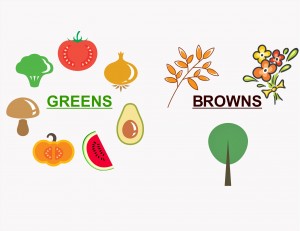
Image source: 1 Million Women
- Turn the pile whenever you add new material with a shovel or pitchfork to aerate the compost and allow the top layer to get more thoroughly mixed in.
- Dig into the pile about 30cm to see if it's moist. If not, water the pile thoroughly, but not so that it's soggy.
- If you're adding a lot of food waste (i.e. green matter), add a layer of brown matter on top to stop rodents getting to it.
- Easily collect your food scraps in a bucket in the kitchen, which you can empty into your garden compost when full.
- For a full list of foods that can and cannot be composted in this way, refer to our Further Readings section below.
2. Bokashi
If you're not keen on the idea of trekking into the backyard after dinner with an armful of scraps, then the Bokashi bin might be more your style. Essentially a 1.5 litre bucket that can sit on the kitchen bench, under the sink or on an apartment balcony, the Bokashi system uses microbes to ferment and decompose waste. The fermentation process does not produce smells, and can be used on almost all foods – including dairy, meat and fish. You simply add your scraps to the bin, sprinkle over a small amount of the bokashi powder and replace the lid. Once the container is filled to capacity (about 3 to 4 weeks for the average household), you can immediately shallow bury the fermented waste in your garden, planter or outdoor compost. If you don't have a garden, you could pass the fermented waste on to a grateful community garden, friends, relatives or the apartment gardener. As a last resort, waste can be bagged in a biodegradable bag and popped in the bin – you will have still reduced the amount of waste you're sending to landfill and receive the benefits of the rich liquid fertiliser that collects at the bottom of the Bokashi bucket. The Bokashi bucket comes with a handy tap, so you can drain off this liquid as you fill it up. It can be used for several things:- Add it to you watering can as a nutritious treat for your pot plants or garden. Make sure you dilute in water if adding to plants.
- Add the undiluted liquid in septic tank systems and plumbing drains (the microbes help to break down waste in the system).
- Tip it down your sink to help keep your drains clean.
3. Worm Farms
A low maintenance and fun way to dispose of your organic waste. You can set up a worm farm in a wheelie bin, or there are other kits or DIY options available. All that is needed to grow your worm farm is your food waste and a weekly watering. The worms will take care of the rest, but keep in mind these aren't your everyday earthworms – they are compost worms, usually either red, blue or tiger worms. Often kits, including the one's sold at Biome, come with 1000 worms (a good amount to start with) and we deliver you worms right to your door through Australia Post. Read more about our worm farm kits here. Worms love a variety of organic waste such as: kitchen scraps, coffee grounds, paper, cardboard, teabags, dairy, eggs, eggshells, grass clippings, garden waste, vacuum cleaner dust, hair and much more. Similar to the liquid that collects at the bottom of the Bokashi bucket, the castings (worm poo) and diluted worm juice (the liquid that comes out of it) are fantastic fertiliser. Tips for a successful worm farm- The amount of food your worms can eat will increase over time - start with small amounts and build up as your worm population grows.
- Keep in a cool dark place. The worms will bake if you leave in direct sunlight, particularly during hot summers.
- Chop up scraps. Like in other forms of composting, matter breaks down quicker when it's smaller.
Further Reading: grist.org/article/food-composting-101-slideshow/ www.1millionwomen.com.au/blog/your-ultimate-guide-composting/ www.sgaonline.org.au/pdfs/factsheets/compost.pdf


